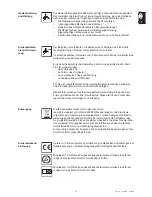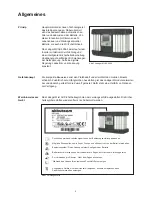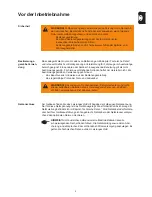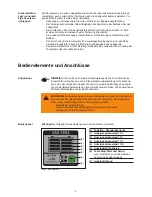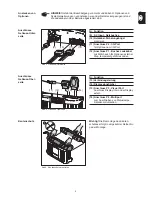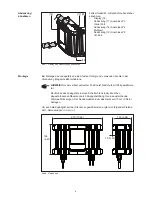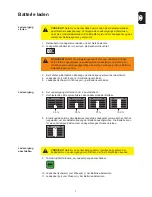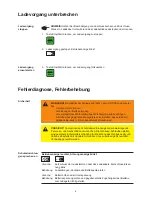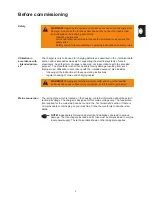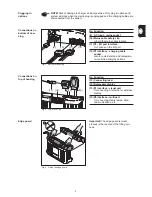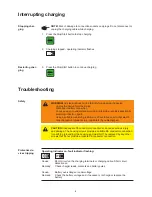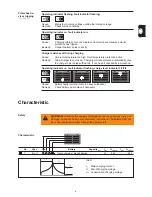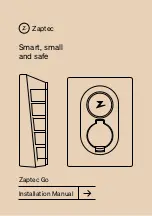
III
ud_fr_ls_sv_01055 012009
Protecting
yourself and
others
While the charger is in operation, keep all persons, especially children, out of
the working area. If, however, there are people in the vicinity,
-
warn them about all the dangers (hazardous acids and gases, danger
from mains and charging current, etc),
-
provide suitable protective equipment.
Before leaving the work area, ensure that no-one or nothing can come to any
harm in your absence.
-
Chargers with PE conductors must only be operated on a mains supply
with a PE conductor and a socket with an earth contact. If the charger is
operated on a mains without a PE conductor or in a socket without an
earth contact, this will be deemed to be gross negligence. The manufac-
turer shall not be liable for any damage resulting from such improper use.
-
Only operate the charger in accordance with the degree of protection
shown on the rating plate.
-
Under no circumstances operate the charger if there is any evidence of
damage.
Safety measures
in normal mode
Batteries contain acid which is harmful to the eyes and skin. During charging,
gases and vapours are released that can harm health and are highly explosi-
ve in certain circumstances.
-
Only use the chargers in well ventilated areas to prevent the accumulati-
on of explosive gases. Battery compartments are not deemed to be
hazardous areas provided that a concentration of hydrogen of less than
4% can be guaranteed by the use of natural or forced ventilation.
-
Maintain a distance of at least 0.5 m between battery and charger during
the charging procedure. Possible sources of ignition, such as fire and
naked lights, must be kept away from the battery
-
The battery connection (e.g. charging terminals) must not be discon-
nected for any reason during charging
Risks from acid,
gases and va-
pours
General informa-
tion regarding
the handling of
batteries
-
Protect batteries from dirt and mechanical damage.
-
Store charged batteries in a cool place. Self-discharge is kept to a mini-
mum at approx. +2° C (35.6° F).
-
Every week, perform a visual check to ensure that the acid (electrolyte)
level in the battery is at the Max. mark.
-
If any of the following occurs, do not start the machine (or stop immedia-
tely if already in use) and have the battery checked by an authorised
workshop:
-
uneven acid levels and/or high water consumption in individual cells
caused by a possible fault.
-
overheating of the battery (over 55° C/131° F).
-
On no account inhale any of the gases and vapours released
-
Make sure the area is well ventilated.
-
To prevent short circuits, do not place any tools or conductive metals on
the battery
-
Battery acid must not get into the eyes, onto the skin or clothes. Wear
protective goggles and suitable protective clothing. Rinse any acid
splashes thoroughly with clean water, seek medical advice if necessary.

